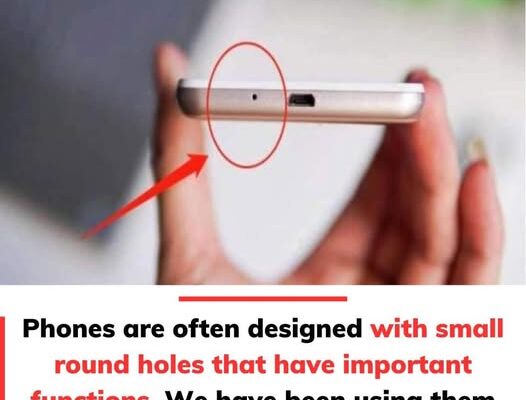In contemporary smartphones, a small round aperture is often found near the bottom, which many users might easily overlook. Nevertheless, this seemingly insignificant opening serves an essential function: it acts as a secondary microphone. This component is part of a dual-microphone system that is vital for ensuring clear and high-quality calls, even in environments with considerable background noise. Let us explore its operation and significance in greater detail.
The secondary microphone, typically situated at the bottom of the device, is specifically engineered to minimize background noise. It operates in tandem with the primary microphone, which is generally located at the top of the phone. Together, these two microphones form a noise-canceling system that captures and transmits only the sound of your voice to the recipient on the other end of the line.
Enhancing Call Quality
The inclusion of the secondary microphone greatly improves the overall quality of phone calls. When you speak, both microphones capture your voice. The primary microphone focuses on your voice, while the secondary microphone detects surrounding ambient sounds, such as traffic, wind, or conversations nearby. This secondary microphone assists in filtering out unwanted noise, allowing the primary microphone to concentrate on your voice, thereby resulting in clearer audio transmission.
Ensuring Clear Voice Transmission in Noisy Settings
A significant advantage of this dual microphone system is its capability to maintain clear voice transmission in noisy settings. For instance, when conversing on the phone in a bustling street or a lively café, the surrounding noise can hinder the listener’s ability to hear you clearly. However, with the aid of the secondary microphone, the device can effectively capture and cancel out the ambient noise. Consequently, your voice remains distinct and intelligible, enhancing the quality of your conversation.
The Importance of Microphone Placement
The strategic positioning of the secondary microphone at the bottom of the phone, in proximity to your mouth, is crucial for its effectiveness.



